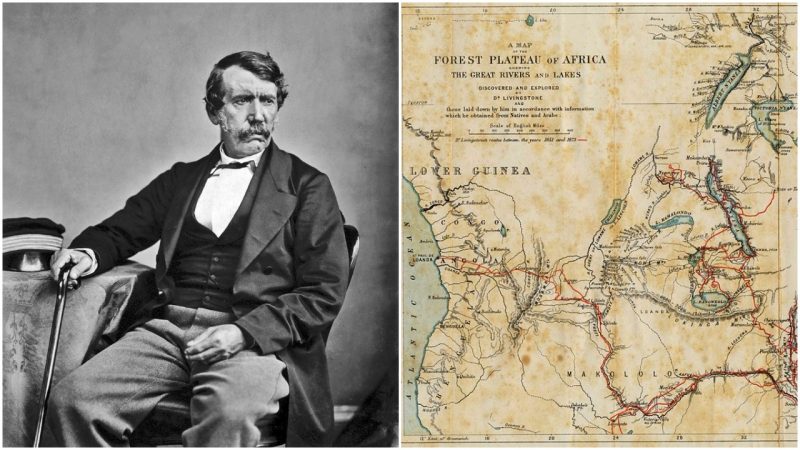In Victorian England, David Livingstone was praised as a national icon: he rose to fame during his lifetime due to his numerous scientific discoveries in the fields of geography and geology, his imperial reforms, his desire to spread Protestantism throughout the British colonies, and his lifelong avid campaign against slavery.
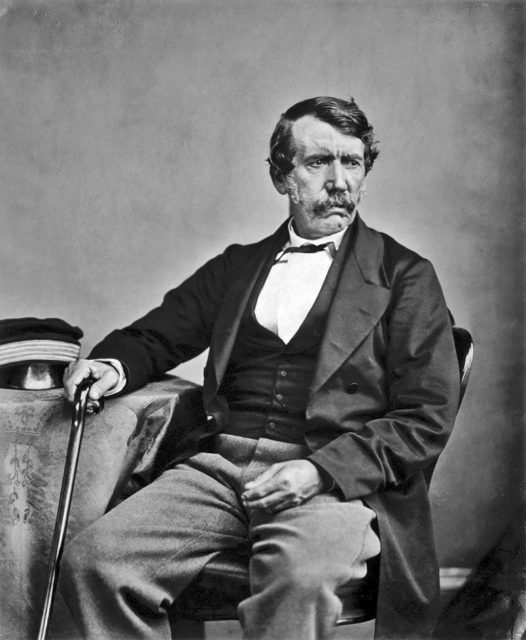
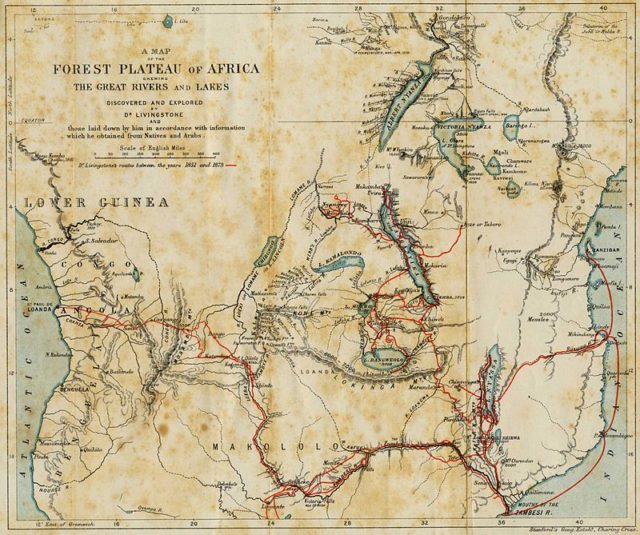
In total, Livingstone undertook four long expeditions deep into the African heartland. He is credited with being the first Westerner to identify several important geographical landmarks throughout Africa, including the majestic Victoria Falls in present-day Zambia, Lake Ngami in Botswana, and Lake Malawi which spreads through Malawi, Mozambique, and Tanzania.
However, his lifelong dream was to discover the source of the Nile and the fourth expedition was dedicated entirely to tracing the river to its source. Despite being determined to fulfill his goal, Livingstone never found the source of the Nile and the expedition ended as a failure with Livingstone dying on the shore of Lake Bangweulu in present-day Zambia.
Namely, Livingstone started his fourth journey in January of 1866, accompanied by a large group of hired helpers and Chuma and Susi, freed slaves who loyally accompanied him during his previous expeditions.
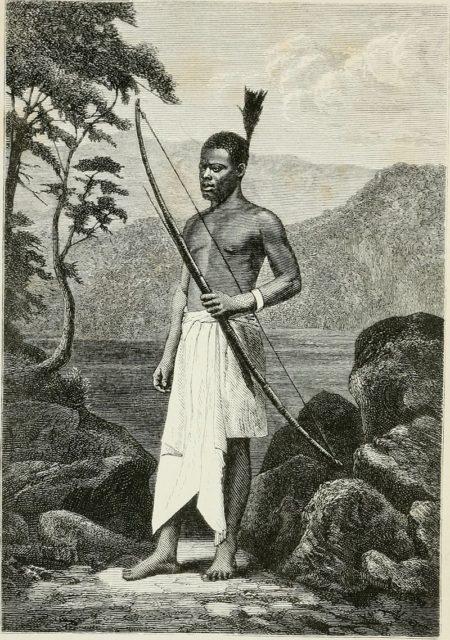
During the expedition, Livingstone experienced several serious health issues which included cholera and ulcers on his feet. By 1869, the ailments weakened him physically, but he enthusiastically continued his quest.
However, on July 1871 he witnessed slaver-owners killing a group of over 400 slaves, and this event left him disheartened and emotionally broken. He wandered the African heartlands for the next two years, and most of the members of his team left him because he abandoned his search for the source of the Nile.
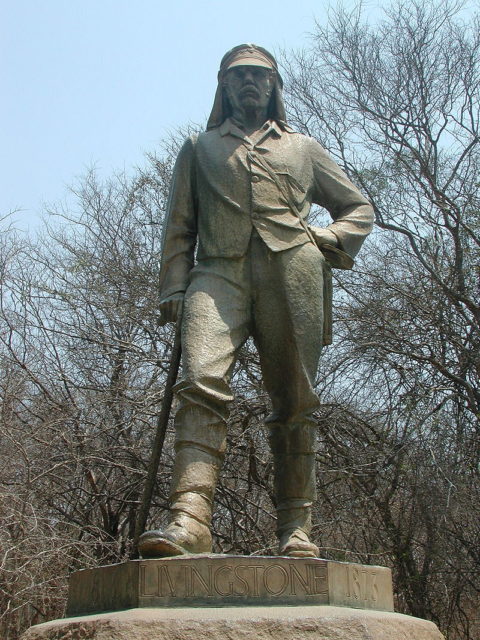
He died on May 1st, 1873, at the age of 60. He succumbed to severe internal bleeding as a result of malaria and dysentery after spending seven years in the wilderness. His loyal companions, Chuma and Susi, were the only members of his team who remained by his side. After his death, Chuma and Susi performed a ritual burial: they cut out his heart and buried it under a giant Baobab tree near which he died. He carried the African wilderness in his heart throughout his life, and he left his heart in Africa.
The rest of Livingstone’s remains were later transferred to England and interred at the Westminster Abbey, and the spot where his heart was buried became the Livingstone Memorial: a place that commemorates his pioneer spirit and the dream of finding the source of the Nile which never came true.
